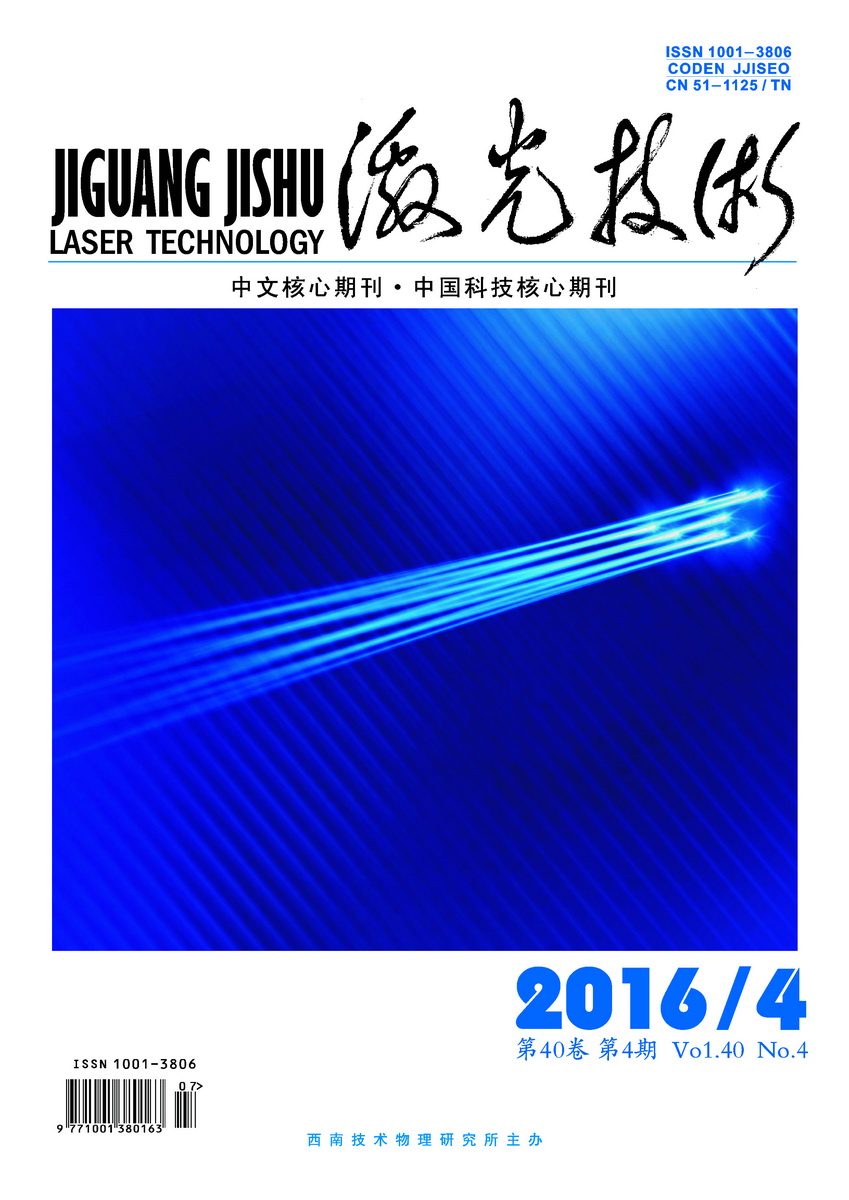Numerical simulation of fiber laser welding of steel/aluminum dissimilar metals
-
1.
State Key Laboratory of Advanced Design and Manufacturing for Vehicle Body, Hunan University, Changsha 410082, China
-
Corresponding author:
JIN Xiangzhong, jxz2014@hnu.edu.cn
;
-
Received Date:
2015-04-15
Accepted Date:
2015-05-20
-
Abstract
In order to study the temperature distribution for laser butt welding of dissimilar metal steel/aluminum, a mathematical model was established and welding temperature field was also simulated by ANSYS software. Temperature distribution at different time and the thermal cycling profile at the node on specimen surface were obtained. The effect of welding speed on welding temperature field was studied. The results were compared with the actual welding. The results show that, the welding temperature field is asymmetrically distributed and the temperature gradient in steel side is greater than that in aluminum side; With the increase of welding speed, the maximum temperature reduces gradually and weld width also decreases gradually. The weld shapes obtained from simulation and experiments are consistent, and the error is less than 5%. The study can verify the accuracy of simulation results.
-

-
References
|
[1]
|
MILLER W S, ZHUANG L, BOTTEMA J, et al. Recent development in aluminum alloys for the automotive industry[J]. Materials Science and Engineering, 2000, A280(1):37-49. |
|
[2]
|
LI J. Research on steel-aluminum thin plate joint with laser welding[J]. Welding Technology,2006, 35(4):25-27(in Chinese). |
|
[3]
|
RATHOD M J, KUTSUNA M. Joining of aluminum alloy 5052 and low-carbon steel by laser roll welding[J]. Welding Journal,2004,83(1):16-26. |
|
[4]
|
ZHANG M J. CHEN G Y, LI Sh Ch, et al.Experimental investigation on fiber laser overlap welding of automotive aluminum to galvanized steel[J]. Chinese Journal of Lasers, 2011, 38(6):1-6(in Chinese). |
|
[5]
|
CAO R, YU S L. Numerical simulation of temperature field of GMT welding for jointing dissimilar metals of aluminum to steel[J]. Journal of Lanzhou University of Technology,2013,39(5):19-22(in Chinese). |
|
[6]
|
FENG X S, CHEN S H, LI L Q, et al. Temperature distribution of AL/Ti dissimilar alloys joint in laser welding brazing[J]. Transaction of China Welding Institution, 2009, 30(10):9-12(in Chinese). |
|
[7]
|
IORDACHESCU M, IORDACHESCU D, SCUTELRTICU E, et al. Influence of heating source position and dilution rate in achieving overmatched dissimilar welded join[J]. Science and Technology of Welding and Joining, 2010, 15(5):378-385. |
|
[8]
|
CHEN G Y, WU K R, LIAO Sh H, et al. Effect of V-shaped grooves on properties of laser welding-brazed steel-aluminum butt joints[J]. Laser Technology, 2014, 38(1):11-16(inChinese). |
|
[9]
|
SONG Y,ZHANG X Ch,HAO X H,et al.Numerical simulation of temperature and flow fields of TIG welding brazing of aluminum/steel[J].Welding Joining,2014(7):32-36(in Chinese). |
|
[10]
|
ZHAO S, YU G, HE X, et al. Numerical simulation and experimental investigation of laser overlap welding of Ti6A14V and 42CrMo[J]. Journal of Materials Processing Technology,2011, 211(3):530-537(in Chinese). |
|
[11]
|
RAMANAN N, KORPELA S A. Fluid dynamics of a stationary weld pool[J]. Metallurgical Transactions, 1990, A21(1):45-57. |
-
-
Proportional views

-

 Map
Map



 DownLoad:
DownLoad: